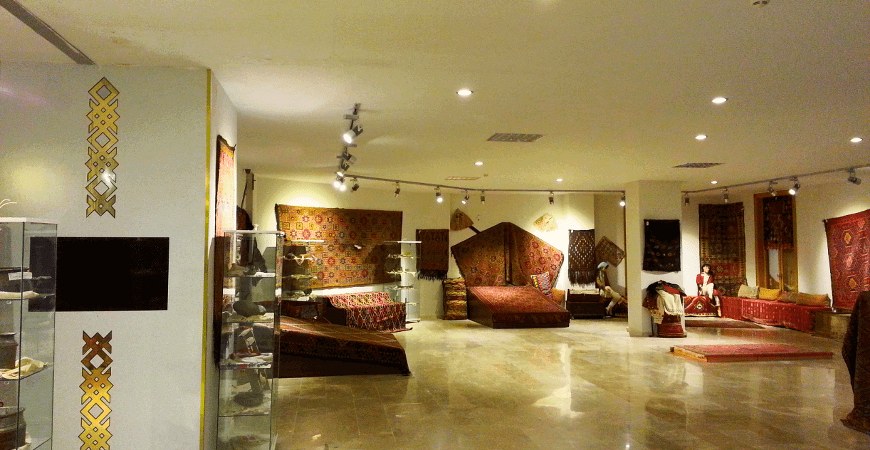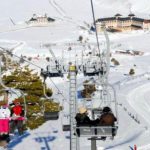The Museums of Isparta and Icel in Turkey,
THE MUSEUMS OF ICEL
Erdemli Museum:
In 1963 a building was rented and used to store museum objects from the surrounding region, in Erdemli in the province of Icel. In 1968 the objects were moved to a more suitable building where a portion of them were put on exhibit. At the same time, ethnographic works began to be collected from the area. When the new museum building in Erdemli is completed the works will be put on exhibit there.
Silifke Museum:
The works that were collected from the Ice! sub-province of Silifke after 1958 was first stored in two rooms on the ground floor of Cumhuriyet Primary School in Silifke. Later a new museum building was constructed and opened in 1973. In Silifke Museum there are almost ten thousand archaeological and ethnographical works, including ceramics, statues, metal objects and coins, glass dishes ornaments and clothes etc. dating from the Roman, Byzantine, Seljuk and Ottoman periods. The ground floor of the museum contains archaeological works, while the first floor contains ethnographic works and offices. Stone works are on exhibit in the garden. The museum has a laboratory, a library and store rooms.
Tarsus Museum:
In 1972 works room the sub-province of Tarsus was collected in a repaired medrese. In this museum, which is really a depot, are archaeological and ethnographic works.
Narlikuyu Mosaic Museum:
A Roman period mosaic that was uncovered by excavations at Narlikuyu on the Silifke-Anamur coast road, has been left in place and a museum built over it in 1967.
THE MUSEUMS OF ISPARTA
In recent years plans were made to open a “Carpet and Weaving Arts Museum” in the historical city of Isparta, a center of carpet making. A new museum building is under construction and will exhibit archaeological and ethnographic works as well as a carpet section displaying examples of the Turkish art of carpet making.
Yalvac Museum:
Works from the ruins of the ancient city of Antioch which is very close to the Isparta sub-province of Yalvac were collected in a depot in 1948, and in 1960 exhibited in a room of the Yalvac Municipality building. In 1963 construction of a new museum building began. The building was completed in 1965 and opened to the public.
Yalvac Museum has 3 rooms. The first one contains works from Antioch and its neighborhood, and ceramics, stone and glass objects, from various periods dating from 2500 BC to the third and fourth centuries AD, arranged in chronological order. Of particular interest are the statues, busts, figurines, and candlesticks from the Roman period which are typical examples of the art of the region. The second room contains ethnographic works of the region and various examples of Turkish handicrafts. In the third room on the top floor are paintings by Turkish artists, Ottoman period manuscripts, and inscriptions. In the garden and colonnades of the museum are column capitals from the Roman and Byzantine periods, sarcophagi and bas-reliefs, carved and inscribed grave steles, building stones and water jars.




































































































































